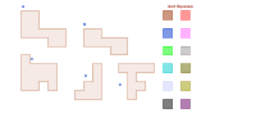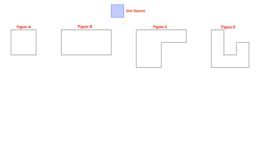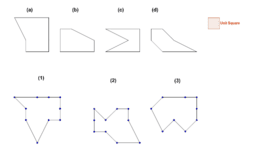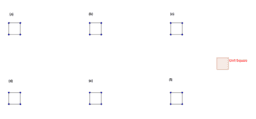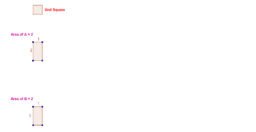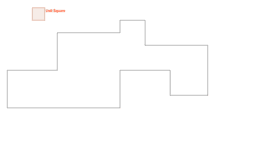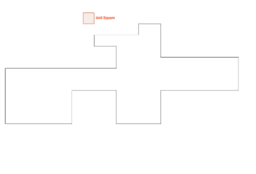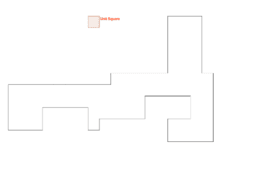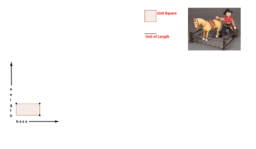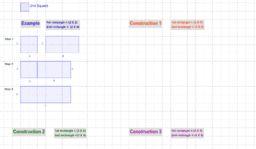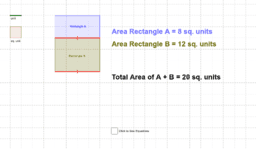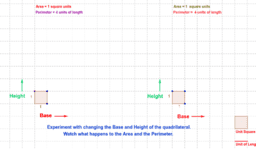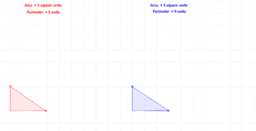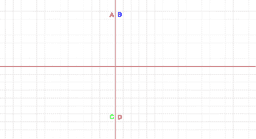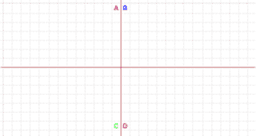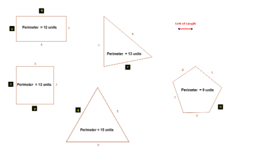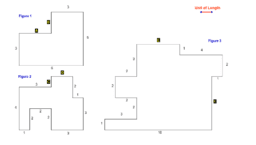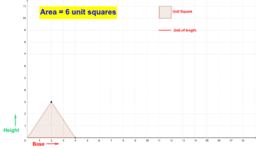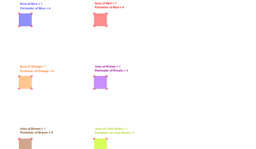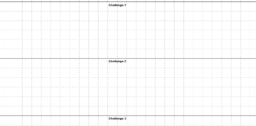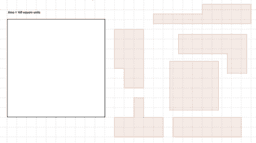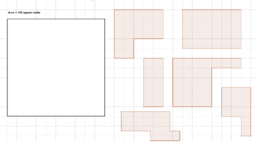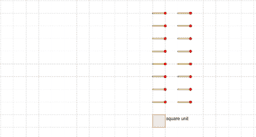Esboço
CCSS Gr. 3 Area and Perimeter
Common Core Standards for Grade 3-Geometry
Reason with shapes and their attributes.
- Understand that shapes in different categories (e.g., rhombuses, rectangles, and others) may share attributes (e.g., having four sides), and that the shared attributes can define a larger category (e.g., quadrilaterals). Recognize rhombuses, rectangles, and squares as examples of quadrilaterals, and draw examples of quadrilaterals that do not belong to any of these subcategories.
- Partition shapes into parts with equal areas. Express the area of each part as a unit fraction of the whole. For example, partition a shape into 4 parts with equal area, and describe the area of each part as 1/4 of the area of the shape.
- Recognize area as an attribute of plane figures and understand concepts of area measurement. ---A square with side length 1 unit, called “a unit square,” is said to have “one square unit” of area, and can be used to measure area. ---A plane figure which can be covered without gaps or overlaps by n unit squares is said to have an area of n square units.
- Measure areas by counting unit squares (square cm, square m, square in, square ft, and improvised units).
- Relate area to the operations of multiplication and addition. ---Find the area of a rectangle with whole-number side lengths by tiling it, and show that the area is the same as would be found by multiplying the side lengths. ---Multiply side lengths to find areas of rectangles with whole-number side lengths in the context of solving real world and mathematical problems, and represent whole-number products as rectangular areas in mathematical reasoning. ---Use tiling to show in a concrete case that the area of a rectangle with whole-number side lengths a and b + c is the sum of a × b and a × c. Use area models to represent the distributive property in mathematical reasoning. ---Recognize area as additive. Find areas of rectilinear figures by decomposing them into non-overlapping rectangles and adding the areas of the non-overlapping parts, applying this technique to solve real world problems.
- Geometric measurement: recognize perimeter as an attribute of plane figures and distinguish between linear and area measures.
